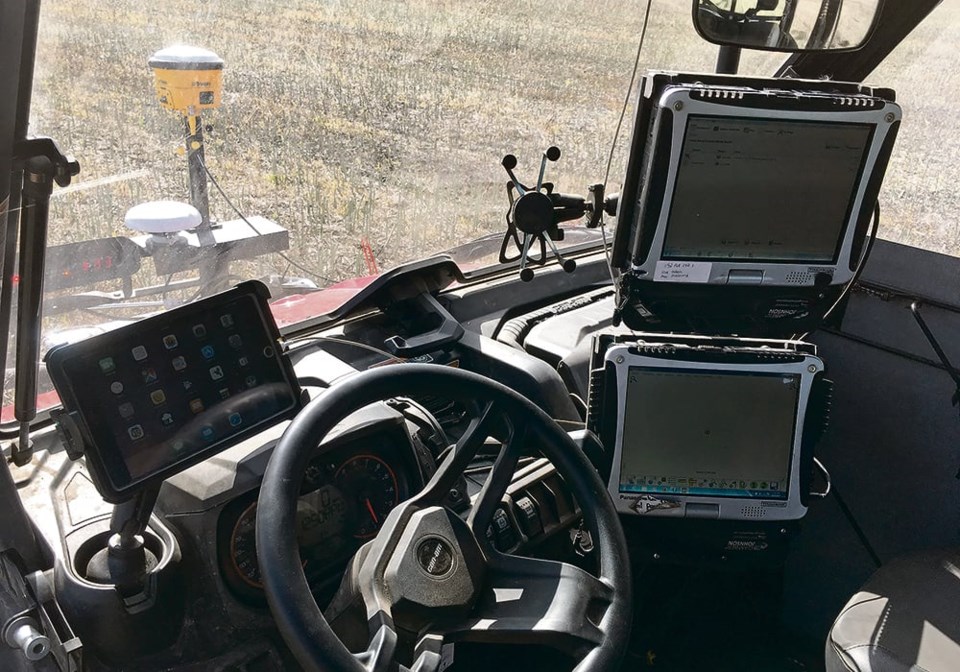WESTERN PRODUCER — Advanced systems offer clear benefits but farmers aren’t adopting them even when they come as standard equipment
Fewer farmers use leading agricultural technologies than most farmers probably think, researchers at Olds College have discovered.
That’s a threat to the hopes of many that fertilizer emissions and other environmental impacts of farming can be mitigated by farmers embracing new technologies.
“What really surprised me with this, when we started running through the numbers, was to find that the rate of adoption is not as high as we would like it to be,” said Tomas Nilsson, an agricultural economist at Olds.
Nilsson and co-researchers sifted through Statistics Canada data and surveyed research from Canada, the United States and other locations to see how widespread leading technologies have become.
Surprising results included those that showed less than 50 percent of Canadian farmers use:
- Autosteer
- GIS mapping
- Variable rate technology
- Slow-release fertilizers
The Olds team has asked Statistics Canada to go through the data to produce a more detailed breakdown of who is using the technologies, who isn’t, and other aspects of the technology adoption conundrum. They expect the results soon.
The insight researchers have gained from the data suggests some clear challenges for technology adoption among farmers:
- Cost and ability to finance
- Connectivity of technologies in farming areas
- Skilled labour that can be relied upon to operate new technologies’
The more detailed research the Olds analysts have requested should provide some answers to the complexities of technology adoption among farmers.
Some farmers assume all farmers are using most of today’s leading technologies. Others know fellow farmers who haven’t incorporated those technologies.
Some may use none.
Modern agricultural technologies offer hope for improving farming’s impact on the environment. Approaches like 4R fertilizer applications are much easier to employ when the farm operator can rely upon technology to offer more options.
That’s why those who wish to see farmers employ more practices like precision farming and 4R, including farm groups, industry organizations and the federal government, should address the low uptake of technology among many farmers.
Especially for small- and medium-sized farms with limited capital and labour, support and assistance might be needed to embrace technology’s challenges.
“If you want to promote further environmental stewardship, to really deal with the fertilizer issues and reduce nitrogen emissions from fertilizer use… there is probably an enormous opportunity here for the industry and producer organizations to provide that education and training that’s needed,” said Nilsson.
Fortunately, some of the technology won’t need to be purchased by many farmers. It’s already built into new equipment but might be sitting unused.
“The equipment makers are providing this already in their machinery. Someone, however, has to help drive the behaviour that is necessary to use the technology.”
Finding out who needs the help, then figuring out how to deliver it, is something Nilsson and his colleagues hope they can do once the StatsCan’s more detailed analysis arrives.



